Robert Taylor9781590181065, 1-59018-106-9
Space stations have been the mainstay and “work horses” of the international aerospace industry for the past three decades. They are highly valued as medical laboratories for learning about the effects of space on humans, astronomy platforms for studying distant stars and galaxies, observation posts for viewing and analyzing environmentally sensitive regions on Earth, and springboards for future human travel to a variety of planets within our solar system and possibly beyond. From the early and relatively simple Skylab, Salyut, and Mir to the modern International Space Station, these platforms have been home to many astronauts from many nations investigating scientific phenomena in a microgravity environment 250 miles in space whirling by at 17,000 miles per hour. |
Table of contents :
Cover……Page 1
LinkToy : )~……Page 0
Table of Contents……Page 4
Foreword……Page 5
Introduction – The Road to Space Stations……Page 8
Modest Beginnings : Salyut and Skylab……Page 16
A Quantum Leap in Technology……Page 31
Living in Outer Space……Page 49
Space Medicine……Page 66
Research and Experiments……Page 78
Epilogue – Have Space Stations Met Expectations?……Page 95
Notes……Page 99
For Further Reading……Page 102
Works Consulted……Page 104
Index……Page 108
About the Author……Page 113 |
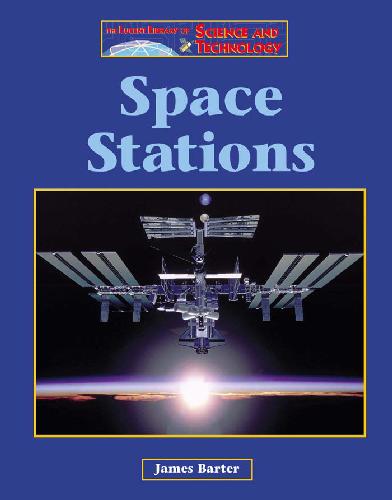
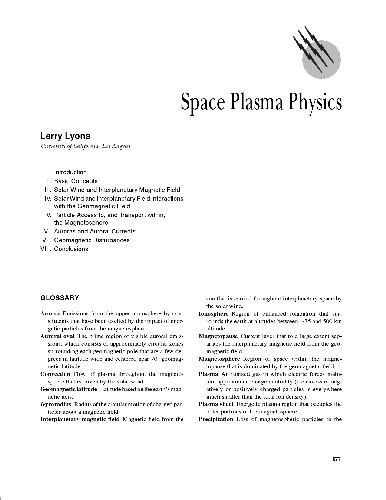
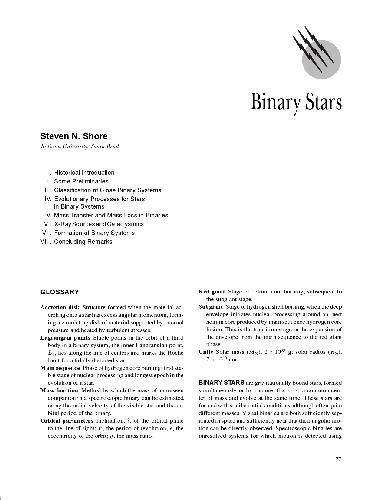

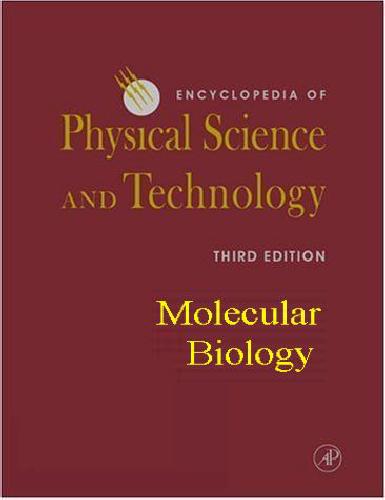
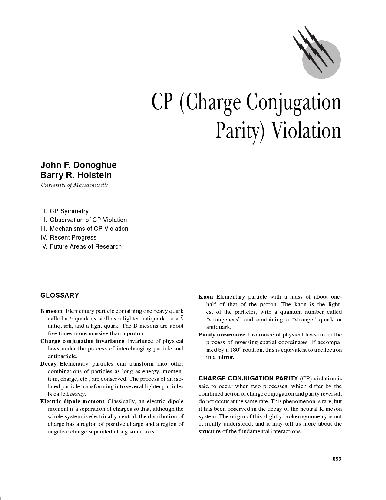

Reviews
There are no reviews yet.